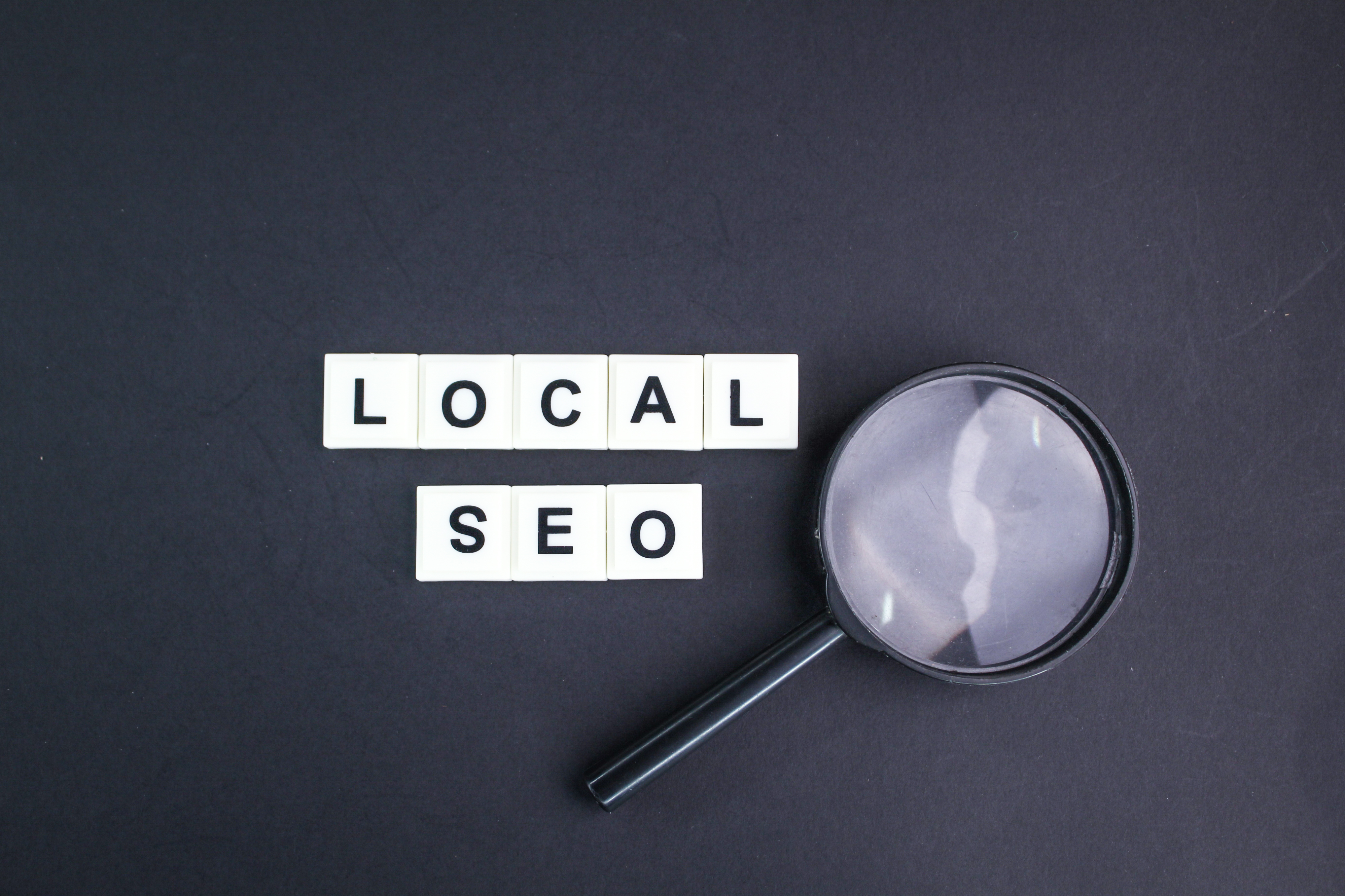Introduction: The Imperative of Website Speed in the Digital Era
In the realm of digital interaction, the speed of a website is a pivotal factor that dictates not only user satisfaction but also significantly impacts the website’s overall performance in search engine rankings. This comprehensive guide delves into the nuanced strategies of website speed optimization, a critical aspect often overlooked but paramount in creating a successful online presence. By the end of this exploration, you will be equipped with actionable insights and techniques to elevate your website’s speed, thereby enhancing user engagement and bolstering your digital footprint.
The Crucial Role of Website Speed: Understanding Its Impact on User Experience and SEO
1. Enhancing User Engagement Through Speed
- The correlation between website speed and user engagement is undeniable. A swift-loading site captivates the audience, encouraging prolonged interaction, which in turn reduces the bounce rate and fosters a positive user experience.
2. Website Speed: A Key Player in SEO Rankings
- In the ever-evolving algorithms of search engines like Google, website speed emerges as a critical factor. Search engines are inclined to reward websites that offer faster loading times with higher rankings, thus amplifying the site’s visibility and organic reach.
3. The Direct Link Between Speed and Conversion Rates
- The efficiency of a website is directly proportional to its conversion rates. A seamless, fast-loading website is more likely to persuade users to engage further, be it signing up for newsletters, making a purchase, or participating in interactive elements, thereby boosting the site’s conversion rates.

Comprehensive Strategies for Accelerating Website Performance
1. Image and Media Optimization: Balancing Quality and Performance
- Optimal use of visual content is crucial. Striking a balance between high-quality images and their loading times involves selecting the right file formats (such as JPEGs for photographs and PNGs for graphics) and employing image compression techniques without compromising on visual fidelity.
2. The Art of Minimizing HTTP Requests
- Each element on a website, from images to scripts, initiates an HTTP request. Reducing these requests by streamlining the number of elements on your site can significantly enhance loading speeds. Techniques like CSS sprites, which consolidate multiple images into a single one, are instrumental in this process.
3. Harnessing the Power of Browser Caching
- By setting appropriate expiration dates for storing website elements in the user’s browser, subsequent visits can experience faster load times as these elements need not be downloaded again.
4. Refinement of CSS and JavaScript: The Backbone of Your Site
- The optimization of CSS and JavaScript is vital. Techniques like minifying and combining files reduce unnecessary data and streamline the code. Additionally, implementing asynchronous loading for JavaScript ensures that scripts are executed without hampering the page’s rendering process.
5. Server Response Time: The Hidden Culprit
- An often-overlooked aspect of website speed is the server response time. Ensuring an optimized web server and efficient database queries can dramatically improve the overall speed. Leveraging a Content Delivery Network (CDN) can also distribute the load, enhancing performance.
Advanced Techniques for the Tech-Savvy
1. Embracing AMP (Accelerated Mobile Pages)
- Google’s AMP initiative is designed to expedite content loading on mobile devices, a crucial aspect considering the increasing mobile internet consumption.
2. Progressive Web Apps (PWAs)
- PWAs offer an advanced solution by delivering a high-quality user experience that is both reliable and engaging, resembling a native app experience in the web browser.
Continual Monitoring and Improvement: The Journey Never Ends
1. Utilizing Performance Metrics
- Continuous monitoring of website performance through tools like Google Analytics and WebPageTest is essential. This ongoing analysis helps in identifying bottlenecks and areas for improvement.
2. The Importance of Regular Updates
- Keeping your website’s infrastructure updated, including the CMS, plugins, and scripts, is crucial for maintaining optimal performance and security.
3. Responsive Design and Mobile Optimization
- In an age where mobile traffic often surpasses desktop, ensuring that your website is responsive and optimized for mobile devices is no longer optional but a necessity.
4. The Role of Content Delivery Networks (CDNs)
- CDNs play a significant role in speeding up websites by caching content in various locations globally, thereby reducing the distance data travels to reach the user.
Conclusion: A Call to Action for Website Speed Optimization
In conclusion, website speed optimization is not a one-time task but a continuous process that demands vigilance and adaptability. By implementing the strategies outlined in this guide, you can significantly enhance your website’s performance, resulting in improved user engagement, higher search engine rankings, and increased conversion rates. Remember, in the digital world, speed is not just a luxury; it’s a necessity.







Leave feedback about this